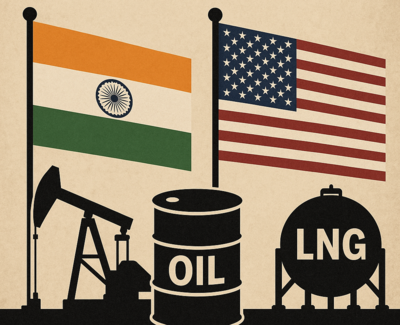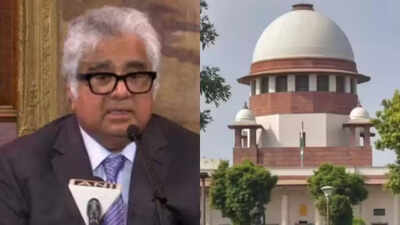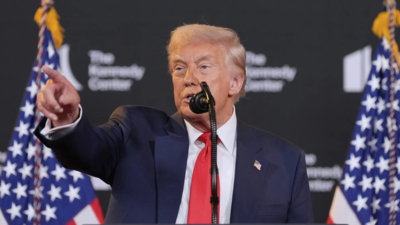Amid tariff tirade, US official seeks deeper energy ties with India

NEW DELHI: A day before the Trump administration’s 25% secondary tariff on Indian exports — imposed over India’s Russian oil purchase — comes into force, a senior US embassy official on Tuesday said Washington remains committed to expanding energy ties with India.“As we look into the future, the US remains committed to working with India through the export of high quality work-class products and services, to help India achieve its goals of energy security and economic growth,” Xiabing Feng, principal commercial officer at the embassy, said at an Indo-American Chamber of Commerce event.In line with India’s energy security goals, the US can be a key partner in oil & gas and nuclear power space. In particular, the US can become a major supplier of oil and liquefied natural gas to India, she said.She pointed to “vulnerabilities” arising from the “profound transformation in the global energy landscape, geopolitical instability and supply chain disruptions” to underline the importance for such collaboration.“The United States and India share a commitment to diversify energy resources and enhancing infrastructure. By elaborating American expertise in natural gas, nuclear energy and emerging energy technologies the United States can support India’s ambitious goals for energy security and grid modernisation,” Feng said.US oil accounts for 8% of India’s oil imports during the April-July period of 2025-26 financial year, up from 3% in the year-ago period. Import of US LNG has almost doubled to $2.4 billion in value during this period from $1.4 billion earlier. There is an uptick in LPG (liquefied petroleum gas) imports from the US, indicating efforts to diversify sourcing.In contrast, Russian crude currently accounts for 35% of India’s oil imports, rising from less than 1% before the Ukraine war. Indian refiners have been lapping up Russian barrels at discounts after western buyers shunned those barrels and the G7 (group of seven developed economies) imposed restrictions, including a price cap of $60 a barrel, after Moscow invaded Ukraine in 2022.Though China buys much more Russian oil, the Trump administration has singled out India by slapping the secondary tariff, doubling the total export levy to 50%. India has called out the tariff for double standard as the US continues to buy enriched uranium and fertilisers from Russia, while the EU sources gas.Indeed, India has said that its purchase of Russian crude, in addition to volumes procured by China, the largest buyer, has helped stabilise global oil prices by freeing up West Asian supplies — still its mainstay — for Europe.





